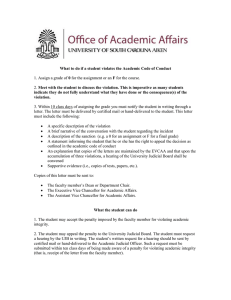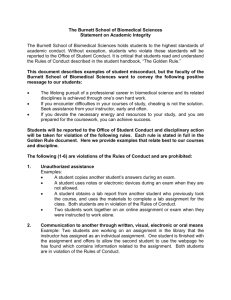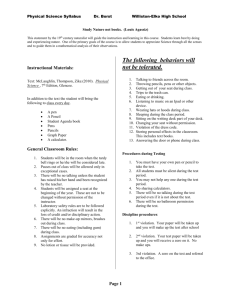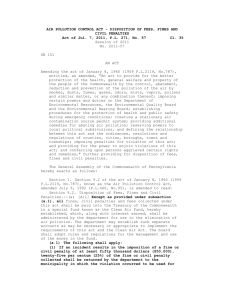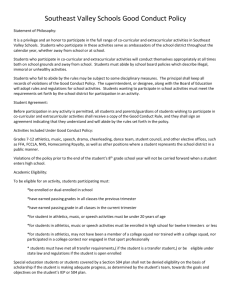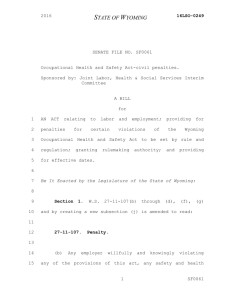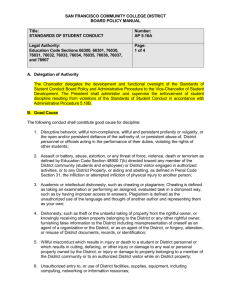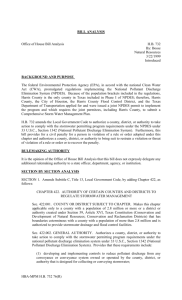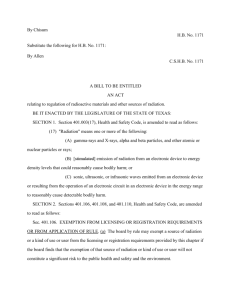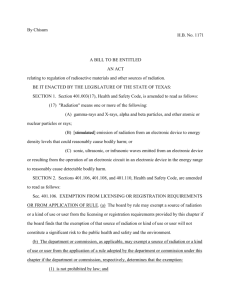Academic Integrity Policy Fall 2011 Overview(Fall 2011)
advertisement
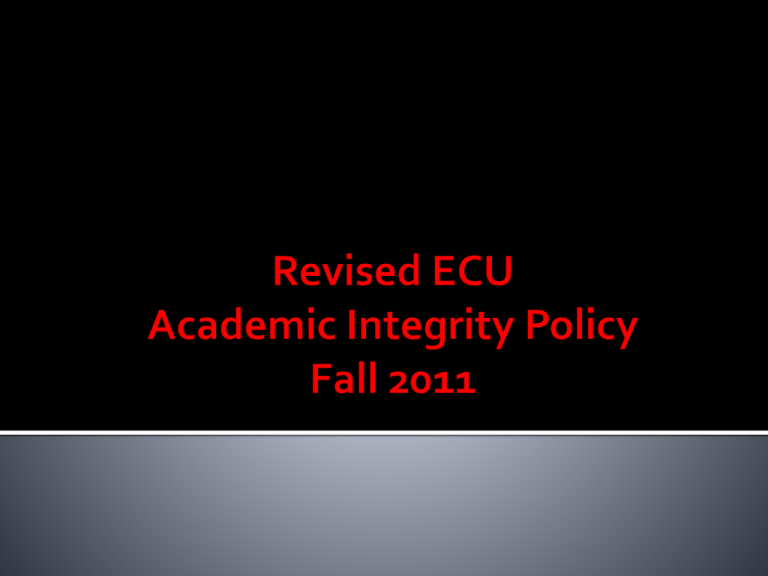
Part IV of the ECU Faculty Manual To get to the Faculty Manual 1. Go to ECU Home and click on “Faculty & Staff.” 2. Scroll down to the “Policies” section and click on the last link in the list. Explanation of the importance of academic integrity List of definitions and examples of academic integrity violations The procedures to be followed The structure of the Academic Integrity Board Plagiarism Copying the language, structure, ideas, and/or thoughts of another and adopting the same as one’s own original work. Some examples of plagiarism (note that this is not an exhaustive list): Submitting a paper that has been purchased or downloaded from an essay-writing service; directly quoting, word for word, from any source, including online sources, without indicating that the material comes directly from that source; omitting a citation to a source when paraphrasing or summarizing another's work; submitting a paper written by another person as one’s own work. Put a clear statement in your syllabus about the consequences—including the specific penalties you will impose—for academic integrity violations. Penalties for plagiarism are severe—if I become aware of any intentional attempt to plagiarize (e.g. knowingly submitting someone else’s work as your own, downloading a paper from the internet, etc.), you will be given an “F” for the course and a report will be filed with the Office of Student Rights and Responsibilities…. If you are caught cheating or plagiarizing a second time, in this course or in any other course while you are at ECU, you can be suspended or even expelled from the university. Faculty member notifies student in writing of suspected violation and requests a meeting 1. 2. Must have “evidence of dispatch”—includes ECU email. Must be sent within 7 days of when the suspected violation comes to the attention of the faculty member Student responds to notification Must contact the faculty member and schedule a meeting within 7 calendar days Faculty member can proceed with penalty if no response 3. Initial meeting occurs Should be held within 18 calendar days of the time that the suspected violation has come to the attention of the faculty member The Chair of the department should be notified of the meeting. Both the faculty member and the student may have a nonparticipating observer* present. You should let the student know of this option. The faculty member explains the reasons for his or her suspicion of an academic integrity violation. The student is given the opportunity to respond and explain any circumstances that he or she believes the faculty member needs to consider. After the meeting, the faculty member determines outcomes of the initial meeting 4. No violation found—Faculty notifies student and the process ends Violation found—Faculty imposes academic penalty by filling out and submitting, within 10 calendar days, an “Academic Integrity Violation Form” to OSRR. OSRR notifies student and pursues further action if prior records exist. “In some instances, a faculty member may deem it best to approach a potential matter involving academic dishonesty as a learning opportunity. In such cases, a faculty member may require that a student complete additional work in order to better understand the severe nature of academic dishonesty and to learn ways of avoiding future infractions. If at any point, however, the faculty member determines that a grade reduction or other substantial academic penalty is merited in the case, either as a result of the initial infraction or as a result of a student not sufficiently completing the additional work agreed to, she or he must follow the process outlined…” In severe cases, an instructor can impose a penalty in which the student fails the course and receives a grade of “XF” indicating that failure was the result of an academic integrity violation. The “XF” designation must remain on the student’s transcript for at least one year and will be removed only if the student has completed an academic integrity training module and obtained approval of the Director of OSRR. Courses in which a student receives a grade of “XF” are not eligible for grade replacement and will be factored into the student’s GPA, even if the “X” is removed and the course is retaken. Conditions for student appeal The student believes that the faculty member has not sufficiently supported his or her decision based on the materials discussed during the initial meeting -orThe student believes that the penalty is not appropriate for the violation and/or is in conflict with course policies as stated in the syllabus. Note that if specific penalties are indicated in the course syllabus, it is expected that students who have violated the academic integrity policy will be held to those penalties. A student may appeal a faculty member’s imposition of a penalty even if the faculty member has not properly followed the steps outlined above. 1. 2. 3. The student completes appeal form, which is reviewed by 3-member panel in OSSR to ensure merit. If the panel sees grounds for appeal, the case goes to an Academic Integrity Appeal Board for a hearing. An Academic Integrity Appeal Board is formed from members of the larger University Committee on Academic Integrity (UCAI). This is a new body composed of 16 faculty and 16 students. For detailed procedures about the hearings, see the full policy in Part IV of the Faculty Manual or contact OSRR.
